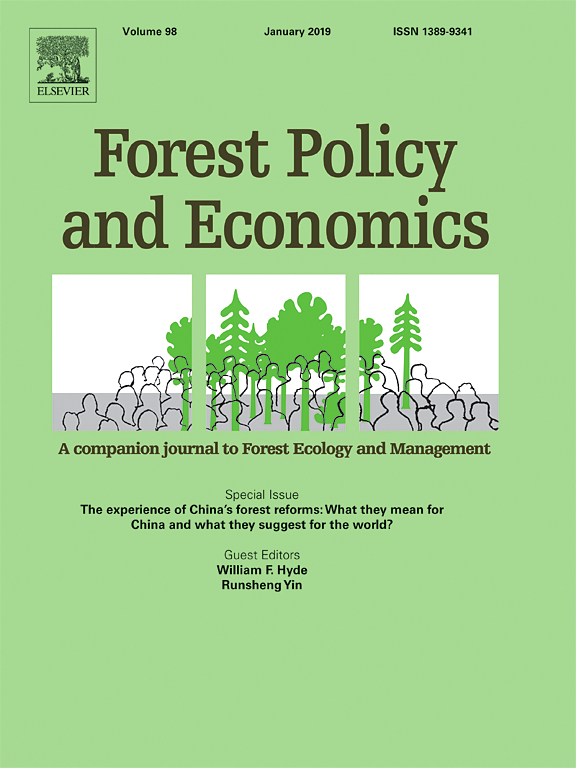What is forest tenure (in)security? Insights from participatory perspective analysis
Abstract
Over the past two decades, growing recognition of forest-based Indigenous peoples and local communities (IPs and LCs) sparked forest tenure reforms to formalize IP and LC rights to forests and forest lands through a variety of mechanisms. Nevertheless, tenure security, an intended objective of such reforms, has received less attention, despite being integral to the life and livelihoods of IPs and LCs and important for forests. Formal rights - a title, certificate or contract - is often used as an inadequate proxy for security, though the need to understand perception has been increasingly recognized. But understanding perceptions around tenure (in)security also raises the challenge of unpacking what people mean when they say they perceive tenure to be secure or insecure. This article explores perceptions of tenure (in)security using a novel approach – Participatory Prospective Analysis (PPA), a multi-stakeholder foresight scenario-building method. The research explores tenure security scenarios in Indonesia, Peru and Uganda drawing on results from a series of workshops implemented in 2015 and 2016 primarily at subnational level, with 177 government officials, practitioners and members of community level organizations involved in forest tenure reforms. Four women-only workshops (three subnational and one national) were organized in Peru and Uganda with an additional 87 participants. The results demonstrate the immense depth and complexity of tenure security and insecurity perceptions and the interplay of multiple factors driving toward and away from desirable futures. The method also demonstrates the benefits of PPA for bringing together different perspectives and promoting mutual understanding without reducing complexity. The article contributes to efforts to find common ground not only around how tenure (in)security is defined but also how it is being assessed; and points to the need to embrace more holistic approaches in practice for the future of forest dependent communities and forest landscapes.

